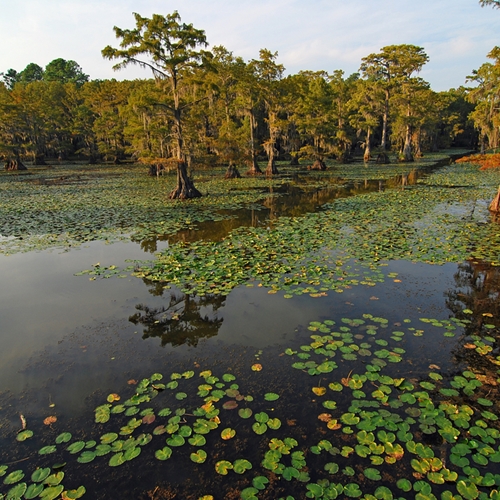
Le Grand Derangement
The origin of the Cajun/Creole distinction can be found in the history of the people of Louisiana. The southern parishes of that state are known as Acadiana because the people who originally settled there were known as the Acadians. This group was made up of the French settlers in the far northern territories of North America such as New Brunswick, Prince Edward Island and Nova Scotia. When the British came into those lands, they forced all the French speakers out. The French fled south to the fertile grounds of southern Louisiana.
City vs. Country
From “Acadian” comes the word “Cajun.” This etymology also represents the development of the Cajun culture, especially the food. These people lived off the land, and thus their food came to be known as the down-home country cooking of the area. Meanwhile French and Spanish aristocrats were moving to New Orleans in large numbers. Their children who were born in the colonies of Louisiana were known as Creoles. As such, the food prepared in the kitchens of these wealthy citizens came to bear the name as well.
The more urbane connotations of Creole food is the result of greater access to ingredients. This has led to the classic test of Creole/Cajun cooking: The tomato test. On the whole, Creole food has tomatoes, while Cajun food does not. While there are some exceptions to this rule, by and large, you can always tell whether it is Cajun or Creole based on whether or not there are tomatoes in the dish.
The culture and history of Louisiana is marked by its mixture of influences from French, Spanish, German and Italian immigrants. Today, one can see all these influences in the many dishes that are native to that region.



